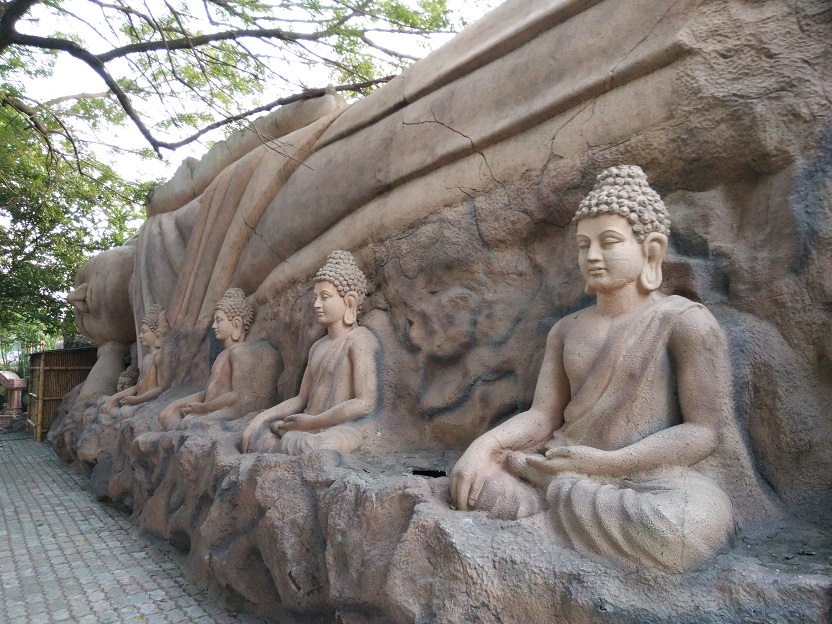The history of Buddhism is marked by a series of significant gatherings known as Buddhist Councils. These councils were convened by Buddhist leaders to preserve the teachings of Gautama Buddha and to address doctrinal disputes and disciplinary matters within the monastic community. Four Buddhist Councils stand out as key milestones in the development and dissemination of Buddhist teachings. Let’s explore each of them:
First Buddhist Council (c. 483 BCE):
The First Buddhist Council took place shortly after the passing of Gautama Buddha at Rajagaha (modern-day Rajgir) in Magadha (present-day Bihar, India). It was convened by King Ajatasattu, a supporter of Buddhism, and was presided over by the senior monk, Mahakassapa.
The primary objective of this council was to recite and preserve the Buddha’s teachings, known as the Tripitaka or the Three Baskets. The Tripitaka was divided into three sections: Vinaya Pitaka (monastic rules), Sutta Pitaka (Buddha’s discourses), and Abhidhamma Pitaka (philosophical and doctrinal analysis).
Second Buddhist Council (c. 383 BCE):
The Second Buddhist Council was held at Vaisali, a city in ancient India. It was called to address disputes and disagreements within the monastic community, particularly regarding certain Vinaya rules.
During this council, a conservative faction led by a monk named Yasa advocated for strict adherence to traditional monastic rules. On the other hand, a more liberal faction led by Sabbakami argued for relaxing some of the rules. However, no consensus was reached, and the council ended without any major reforms.
Third Buddhist Council (c. 250 BCE):
The Third Buddhist Council took place in Pataliputra (modern-day Patna, Bihar) during the reign of Emperor Ashoka, the great Mauryan ruler and a patron of Buddhism. The council was convened under the leadership of the monk Moggaliputta Tissa.
The main purpose of this council was to purify the Sangha (monastic community) from unorthodox practices and heretical views that had emerged since the time of Buddha’s passing. The council resulted in the expulsion of monks who held views contrary to Buddhist orthodoxy. Additionally, it is believed that during this council, the teachings of the Buddha were also further systematized.
Fourth Buddhist Council (c. 29 BCE):
The Fourth Buddhist Council was convened during the reign of King Kanishka in Kashmir, under the guidance of the monk Vasumitra. Kanishka, a powerful Kushan king, was a patron of Buddhism.
This council aimed to consolidate the various Buddhist scriptures and texts, especially the Mahayana sutras, which had emerged after the Third Buddhist Council. The council affirmed the Mahayana teachings and further codified the existing canon, making it more accessible to followers of Buddhism.
Conclusion:
The four Buddhist Councils played a crucial role in the preservation and dissemination of Buddhist teachings. They helped maintain the authenticity and unity of the Buddhist scriptures and monastic discipline. Moreover, these councils paved the way for the spread of Buddhism across different regions of Asia, making it one of the most influential religions in the world.
